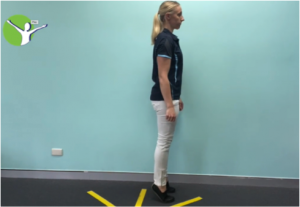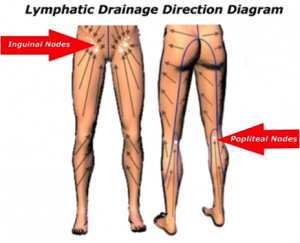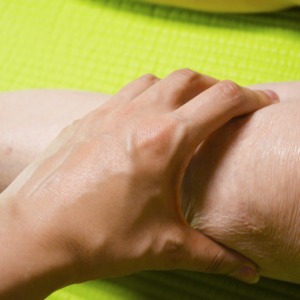While the heart and its associated vessels are well known to most people, the lymphatic system is a lesser known yet important system that assists with fluid management. If you have ever experienced swelling in the body, the lymphatic system is vital to remove and reduce the swelling. It is often described as the vacuum cleaner of the body, as it not only returns additional fluid to circulation but it filters out waste in the process. Read on to learn more about how you can prime your lymphatic system for optimal function.
The lymphatic system consists of a network of vessels and other tissues such as the lymph nodes, tongue, spleen and thymus. Fluid that is found outside of the blood vessels in the spaces between cells is filtered and channelled back into the blood stream by the lymphatic system. The lymphatic system has a major role in the regulation of fluid throughout the body. It is also part of our body’s immune system as it filters out any microorganisms.
Unlike the fluid movement throughout the blood vessels and veins which is greatly aided by the pumping pressure of the heart, the lymphatic system does not have a pump. The movement of fluid within the vessels of the lymphatic system is therefore greatly dependant on the contraction of the surrounding muscles which create pressure changes thereby encouraging the movement of the fluid inside the vessels. For this reason it is important to ensure that you are actively moving the joints and using the muscles around any swollen areas in the body. Where possible, try to activate these muscles in a position that reduces the resistance to movement that is created by gravity. For example lying face up with the arms above the chest pressing up and down will greatly help the movement of fluid out of the arm.
This is especially the case for any swelling in the lower parts of the body, where the fluid needs to move against gravity to return to circulation. This makes fluid in the lower part of the legs much harder to shift and can mean that it stays around for longer. There are some simple solutions for helping to reduce the swelling in the feet, ankles and lower legs:

- Try to rise up onto your toes five times, and perform this a few times throughout the day. This activates the muscles around the affected area to create a muscle pump.

- Using light pressure, use your fingertips to draw some circles on the two areas shown in the picture for 30 seconds on each area. This will help to open up the channels for fluid movement.
- If it is safe for you to do so, perform some light bouncing movements twice a day for approximately 30 seconds. Vibrations and oscillation movements improve whole body circulation including the lymphatic system.

